Arthritis in Hand
What is Arthritis in the Hand?
Arthritis of the Hands may be a disease that attacks the tissues of your joints. A joint is where two bones meet. Arthritis can attack the liner of your junction or the cartilage, the graceful covering at the ends of bones. Eventually, the cartilage breaks down, and therefore the ends of your bones become exposed, rub against each other and wear away.
Our hands are capable of many functions, providing precision for delicate tasks and also enabling us to complete heavier, physically demanding jobs. If you’re living with arthritis in your hands, thumbs, and fingers, protecting your joints is so important. The 29 joints in our hands are usual areas for arthritis, and when these joints become arthritic they will make everyday activities very difficult and even painful.
Types of arthritis that affect the hands
Osteoarthritis
Osteoarthritis also referred to as “wear and tear” or degenerative arthritis, is the most familiar type of arthritis. It causes the cartilage (the smooth, cushion covering at the ends of your bones) to interrupt down and wear away. The ends of bones then rub together without security, which causes pain, stiffness, and loss of movement over time. Osteoarthritis most ordinarily affects your wrist, the joint at the bottom of your thumb, and the middle and top (near fingernails) joints of your fingers. The long-term disease can cause bony lumps to make in the joints of your finger.
Rheumatoid arthritis
Rheumatoid arthritis is a chronic (long-term, ongoing) disease that causes the joint lining to swell, causing pain, stiffness, and loss of function. It’s an autoimmune disorder (your body’s immune system attacks its own healthy tissue). A joint’s lining is named synovium. Your synovium produces the fluid (lubricant) that permits cartilage to easily slide against each other. Eventually, the inflammation destroys the cartilage at the top of bones and then erodes the bone itself. The joints lose their shape and alignment because the tendons and ligaments surrounding the bone weaken and stretch. atrophic arthritis commonly affects the small junction of your wrists, hands, and fingers. it always affects the same junction on both sides of your body. as an example, if arthritis affects finger joints, on one hand, it’s likely to affect the finger joints on your other hand too.
Psoriatic arthritis
Psoriatic arthritis is a form of arthritis that affects your skin (psoriasis) and junction. Your fingers become swollen. you’ll also feel joint pain and morning stiffness. In many cases, it’s similar to rheumatoid arthritis. However, it’s going to only involve several fingers.
What parts of the hand are most suffering from arthritis?
The 4 areas of your hand attacked by arthritis are:
- The base of your thumb is where your thumb connects to your wrist.
- Your knuckles.
- The middle joints of your fingers.
- The top junction of your fingers nearest your nails.
Who gets arthritis in their hands?
You are more probably to get arthritis in your hands if:
- You’re older. Osteoarthritis is usually seen after age 50. atrophic arthritis typically first appears between the age of 35 and 50.
- You’re a lady.
- You’re white.
- You’re overweight.
- You’ve had previous injuries to your hand. If you’ve dislocated or broken any joints in your hands or fingers, you’re more likely to develop arthritis.
- You’ve inherited genes that cause the event of arthritis.
What are the symptoms of arthritis in the hands?
Early symptoms include:
- Dull or burning joint pain, appearing hours or each day after increased use of your hands.
- Morning pain and stiffness in your hand(s).
- Swollen joints in your hand(s).
If you’ve had arthritis in your hand(s) a few times:
- Symptoms are present more often.
- Ache may change from dull ache to sharp pain.
- Ache may wake you up in the dark.
- Ache may cause you to vary the way you use your hand(s).
- The tissue surrounding your affected joint may become red and tender to the touch.
- You’ll feel cracking, grinding, grating, or clicking (crepitus) when bending your fingers.
- Your fingers can’t fully open and shut.
- Small bony nodules form on the center joint of your fingers (called Bouchard’s nodes) or at the top joints of your fingers (called Heberden’s nodes).
- Your finger joints become large and deformed and abnormally bent, leaving your hands weak and less able to accomplish everyday tasks.
Diagnosis
To reach a diagnosis, a doctor will start by asking a private about their:
- symptoms
- overall health
- personal and family medical record
To learn more, the doctor may ask the subsequent questions:
- When did the symptoms start?
- What makes them worse?
- What makes the symptoms better?
- Have there been any injuries to the hands recently?
- Are there other symptoms, like fever, unexplained weight loss, rash, unexplained fatigue, dry eyes, or dry mouth?
The doctor also will perform a physical examination of the hands to identify any unusual changes. they’re going to look for deformities in the hands, such as slightly crooked fingers or distinct nodules.
They may also order imaging tests, like an X-ray or MRI scan, or perform an ultrasound scan.
Additionally, the doctor may order blood tests to test for inflammation and immune markers. If there’s swelling and fluid around a joint, the doctor may remove some fluid to research it.
The results of those tests may help determine what type of arthritis a person has.
How is arthritis in the hand treated?
Treatment options depend upon the type of arthritis, stage of arthritis, what percentage of joints are affected, your age, activity level, the hand affected (if it’s your more working hand), and other existing medical conditions.
The goals of treatment are to:
- Decrease joint pain and stiffness.
- Improve mobility and performance.
- Increase your quality of life.
- In the case of rheumatoid or psoriatic arthritis, to slow the progression of the condition.
- Treatment options involve splinting/bracing, non-drug approaches, injections, medications, and surgery.
Medications
Your healthcare provider may prescribe medications to scale back your joint pain and swelling and, in the case of rheumatoid or psoriatic arthritis, to prevent joint damage. Your provider may try different drug classes, counting on the severity and type of your arthritis. For osteoarthritis, only acetaminophen or nonsteroidal anti-inflammatory drug are recommended for limited use (as needed) for the reduction of your symptoms.
There are currently, no drugs approved that can assists slow the progression of osteoarthritis. The drugs listed below are wont to treat rheumatoid and psoriatic arthritis. Before taking any over-the-counter medication, ensure you check with your provider, as there are risks and reasons for not using these medications (depending on your other health disease and/or medications).
- Acetaminophen- This drug helps relieve pain.
- Nonsteroidal anti-inflammatory drugs- These drugs relieve pain and swelling in the affected junction. Examples include ibuprofen, diclofenac, naproxen, celecoxib. Topical NSAIDs are the primary topical treatment of choice for osteoarthritis.
- Disease-modifying antirheumatic drugs- These slow the progression of atrophic arthritis and relieve symptoms. Examples include methotrexate, hydroxychloroquine, sulfasalazine, leflunomide
- Corticosteroids- Taken orally, injected into your muscle, or given by IV, these medications reduce inflammation and other symptoms of rheumatoid arthritis. Examples include triamcinolone, prednisone, prednisolone, and methylprednisolone.
- Immunosuppressive drugs- These slow the progression of atrophic arthritis and reduce damage to the bone surrounding joints. Examples include azathioprine and cyclosporine.
- Biologic agents- These can slow joint damage in atrophic arthritis. Examples include tofacitinib, etanercept, tocilizumab, infliximab, abatacept, adalimumab, and rituximab.
Physiotherapy Treatment
- Make a fist
- You can do this exercise anyplace and anytime your hand feels stiff.
- Start by holding you are left out, with all of your fingers straight.
- After then slowly bend your hand into a fist, placing your thumb on the surface of your hand. Be gentle and don’t squeeze your hand.
- Open your hand copy until your fingers are straight once again.
- Do the exercise ten times together with your left hand.
- Repeat the full sequence with your right hand.
2. Finger bends
- Start in a similar position as in the last exercise, together with your left hand held up straight.
- Bend your thumb down toward your palm. Hold it for a pair of seconds, then straighten it.
- Bend your index down toward your palm. Hold it for a pair of seconds, then straighten it.
- Repeat with the remaining fingers on your left, one at a time.
- Repeat the whole sequence on your right hand.
3: Thumb bend
- First, hold your left out, with all of your fingers straight.
- Bend your thumb inward toward your palm.
- Stretch toward the underside of your pinky finger with your thumb. If you can’t reach your pinky finger, don’t worry. Just stretch your thumb as away as you can.
- Hold the position for 1 or two seconds, then return your thumb to the beginning position.
- Repeat 10 times.
- Do the exercise together with your right hand.
4. Make an ‘O’
- Do this exercise while in a time a day on each hand. you’ll try this stretch whenever your hands sense achy or stiff.
- Start together with your left hand out and fingers straight.
- Bend all of your fingers inward until they touch. Your fingers should form the form of an “O.”
- Hold this position for some seconds. Then, straighten your fingers again.
- Repeat on the opposite hand.
5. Table bend
- Place the pinky-side fringe of your left hand on a table, together with your hand straight out and your thumb pointed up.
- Holding your thumb within the same position, bend the opposite four fingers inward until your hand makes an “L” shape.
- Hold it for a pair of seconds, then straighten your fingers to maneuver them back into the starting position.
- Repeat 10 times.
- Perform the identical sequence on your right hand.
6. Finger lift
- Place your left flat on a table, palm down.
- Starting together with your thumb, lift each finger slowly off the table one at a time.
- Hold each finger for 1 or two seconds, then lower it.
- Repeat the whole queue with the right hand.
7. Wrist stretch
- Don’t ditch your wrists, which may also get sore and stiff from arthritis.
- To exercise your wrist, hold your right arm out with the palm facing the floor.
- With your left hand, gently puss the right hand until you sense a stretch in your wrist and arm.
- Hold the position for some seconds.
- Repeat 10 times.
- Then, do the whole sequence with the left hand.

8. Roll back and forth
- Do this exercise with a small ball, like a tennis ball or stress ball.
- Place the ball on a flat surface like a table.
- Using your right, roll the ball from your palm to the ideas of your fingers to stretch out each digit.
- Roll the ball back to its beginning position.
- Repeat this exercise together with your left hand.
9. Full grip
- Try the sub-queue exercises with a stress ball, tennis ball, or another soft ball of identical size. However, if you’ve got damage to your thumb joint or have a lively flare in your hands, you’ll need to avoid this exercise and talk with a doctor about other options.
- Only do that exercise a few times per week, with a minimum of 48 hours of rest in between.
- Using your right, squeeze the ball as hard as you’ll for a few seconds.
- Release the ball.
- Repeat this exercise 15 times.
- Then, do the exercise together with your left hand.
10. Thumb extension
- Do this exercise 3 times per week.
- Put one or more elastic bands around all of your fingers and make a loose fist together with your right hand.
- Rest your hand on a flat surface.
- Bend and move your thumb far away from the hand.
- Hold for five seconds.
- Repeat this exercise 10 to fifteen times.
- Do the exercise together with your left hand.
11. Finger Stretch
- Do this exercise 3 times per week.
- Lay your right on a flat surface.
- Use the left to apply gentle pressure to your finger joints. But if your finger joints hurt, you’ll stretch one finger at a time.
- Press for 30 seconds.
- Then do the exercise together with your left hand.
12. Side-to-side wrist bend
- Place the forearm flat on a table, with the palms of the hands facing the floor.
- Bend the wrist as far as possible to the left, hold for two seconds, then bend the wrist back to the middle.
- Repeat this movement to the proper, hold for two seconds, then withdraw to the center. this is often one set.
- Complete ten sets twice per day on each hand.
13. Finger curl
- The fingers are straight while holding the hand up and shut together.
- Flex the top and middle joints of the fingers tightly until the fingertips touch the skin on the hand.
- Slowly return the fingers to a starting position.
- Repeat the finger curl ten times twice per day.
14. Ball exercises
Many exercises work well with a softball, stress ball, or ball. they assist increase flexibility and improve strength. Such exercises include:
Full grip:
- Perform this exercise a pair of times each week, with some days of rest in between.
- Squeeze a stress ball within the hand as hard as possible.
- Release after some seconds.
- Repeat 10–15 times on each hand.
Palm press:
- Place a stress ball between the palms, with the forearms during a vertical position.
- Press and hold for 3–five seconds, then release.
- Repeat 10 times.
Finger grip:
- Place a stress ball between the tip of a finger and after then the thumb.
- Press and hold for 3–five seconds, then rest.
- Repeat 10 times with each finger, rest for 1 minute, then do the identical with the other hand.
Roll to and fro:
- Roll a stress ball from the palm up to the thumb and every finger individually, gently stretching each digit.
- Roll the ball backtrack to the palm.
- Repeat.
15. Soft hand massage
- To perform a soft hand massage, massage the palm with the other thumb using short strokes. Also, massage the fingers starting at the ideas, then pushing down toward the palms.
- Always remember to be gentle with each exercise and stop if they become acheful.
16. Splinting/braces
- Splits or braces assist and protect the affected joint, decrease deformity, provide junction stability, reduced strain, and promote proper decreased alignment.
- Your occupational therapist, healthcare provider, or hand therapist will discuss splinting/bracing options, how and when to wear them, and the way long to wear them (wearing splints or braces too long can affect your muscles to weaken).
17. Hot and cold packs
- Cold can help reduce pain and swelling. Heat can help reduce stiffness. Apply for not more than 20 minutes at a time.
- A warm compress or paraffin hand bath can soothe affected joints. Applying heat to the hand warms up the synovia which lubricates joints, easing stiffness, and improving flexibility.
19. Hydrotherapy
- It utilizes water to treat arthritis. Specific exercises are performed inside the water with a temperature range of 33-36 °C. Physiotherapists guide patients with specific exercises like stretching, aerobics, and strengthening exercises.
20. Transcutaneous electrical nerve stimulation (TENS)
- It is the most common form of electrotherapy used to treat Arthritis. Studies have reported that patients experience a decrease in pain after receiving TENS therapy once every week for approximately a month.
Surgery
If nonsurgical treatments do not provide relief and the cartilage at the ends of your bones has worn away, surgery could also be an option. There are several approaches:
Joint fusion (arthrodesis)
This surgery uses a plate and screws to stay the bones of your joint together. You’ll have a more stable, ache-free junction, but will have limited flexibility and movement.
Joint replacement (arthroplasty)
Similar to other joint replacements, surgeons use a man-made implant made of plastic, ceramics, silicone, or metals to exchange your damaged joint. Keep in mind that hinged finger implants don’t copy normal finger movement.
Tendon transfer
Tendons connect muscles to bones. The tendons that regulate your fingers attach to muscles in your palm and forearm. Continuous inflammation from arthritis can lead to tendon rupture. If this happens, some of a healthy tendon can be used to restore your hand function. You and your surgeon will discuss which surgical approach could be best for your hand considering your age, activity level, the joint(s) affected, and the number of aches and deformities you’re experiencing.
What are the complications of hand surgery?
Complications of hand surgery include:
- Lack of improvement in mobility.
- Need to change an implant that breaks or wears out.
- Failure of bones to join or properly align (for fusion surgery).
Prevention
It is not constantly possible to prevent arthritis, but avoiding certain risk factors may offer protection in a few cases. The same precautions may also assist slow the progression of arthritis and managing its symptoms if a patient already has the condition. Actions that will help prevent arthritis, counting on its type, include:
- staying active
- reaching or maintaining a moderate weight, as complications, thanks to obesity can increase the risk
- avoiding smoking
- eating an anti-inflammatory diet or antioxidant-rich diet, with plenty of plant-based ingredients
- avoiding unhealthy fats and added sugars, which can contribute to overweight and inflammation
- seeking medical help early if symptoms of issues like respiratory infections and skin changes occur
- protecting the joints from injury, where possible
- Rest- Regular rest periods can help to decrease pain and inflammation in your junction.
- Smoking cessation- Smoking increases your risk of progression in arthritis.
- Occupational therapy to learn how to use self-assist gadgets including those used to help with dressing or preparing food in the kitchen.
FAQ
Can arthritis in the hand be prevented?
Arthritis can’t be prevented. However, you’ll observe for symptoms of arthritis as you age and see your healthcare provider if you notice changes in your junctions. you’ll also take steps to control factors that you can measure. Consume healthy to nourish your body and maintain a healthy weight. Being overweight puts more stress on your joints. Don’t smoke. Smoking increases your risk of arthritis.
What outcome can I expect if I have arthritis in my hands?
There is no cure for arthritis. However, you’ll usually manage mild to moderate symptoms with a combination of medication and non-medication approaches. Surgery could also be an option if other treatments fail or arthritis in your hands is severe. Your healthcare provider will explain what outcome you’ll expect for your type and severity of arthritis, your age, other existing medical conditions, and other factors.
If I have arthritis, am I going to get worse every year?
If you’ve got arthritis, you’re not necessarily going to get worse over time. Pain related to arthritis can get better or worse at times, requiring treatment. Despite how arthritis may look on an x-ray, some patients actually subsided pain over time. The joints themselves may still lose cartilage, but this might stiffen joints and actually result in less pain.
Am I continuing to damage my hands by using it?
I don’t believe that you are damaging your hands by using them if you have arthritis. If joints are somewhat worn, use may end in the hands causing pain. However, this doesn’t mean you are not “doing damage” to your hands.
Can diet or certain foods worsen arthritis?
Patients who are affected by gout (a type of arthritis that occurs due to uric acid deposits in the joints) should reduce the intake of red meat, shellfish, alcoholic beverages, and other purine-containing foods to stop the progression of the condition. On the opposite hand, including specific food items in your diet will help in relieving the symptoms of arthritis by strengthening your bones, muscles, and joints. This includes oily fish, dairy, and green leafy vegetables.

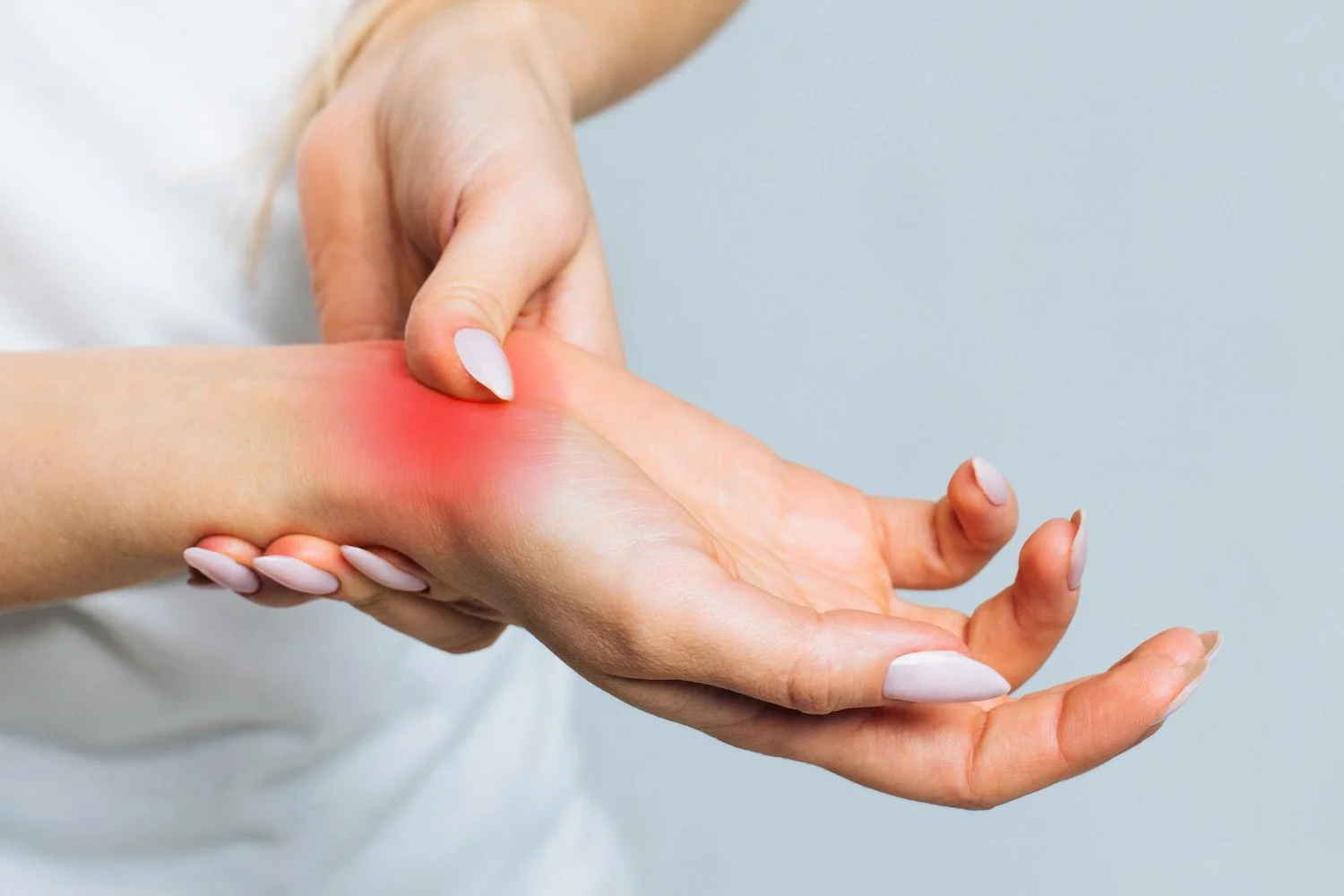
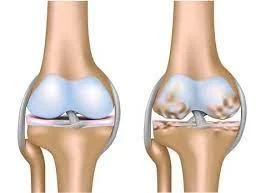
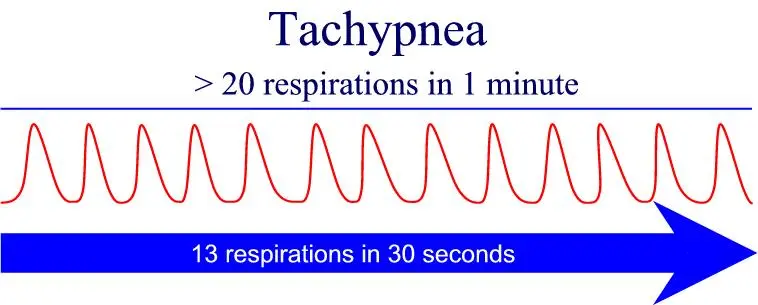
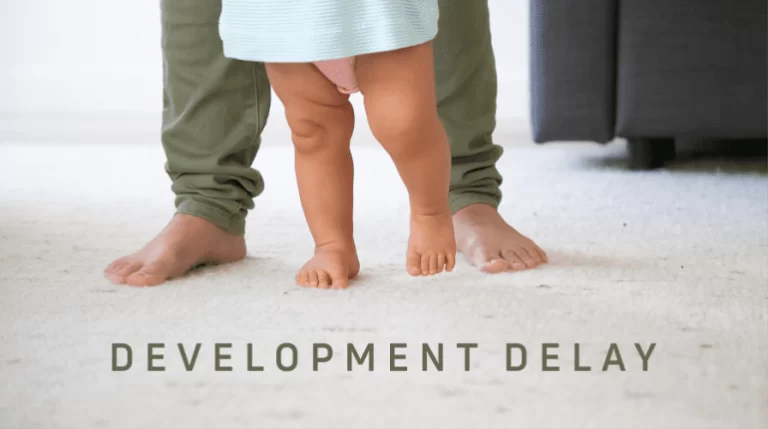
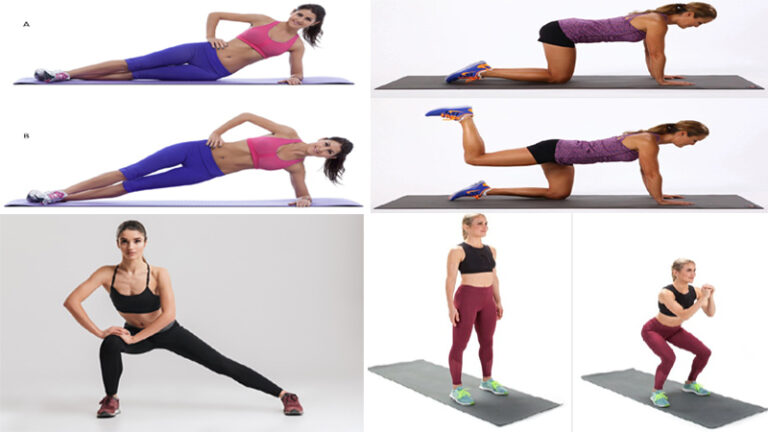
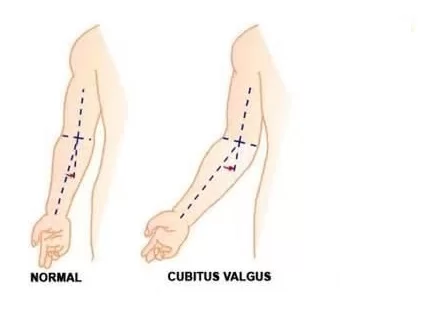
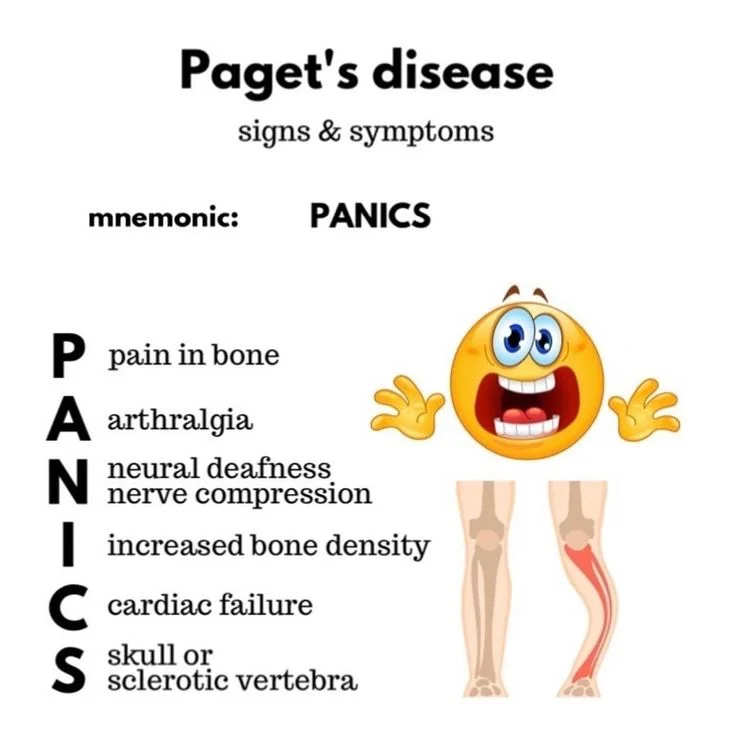
One Comment